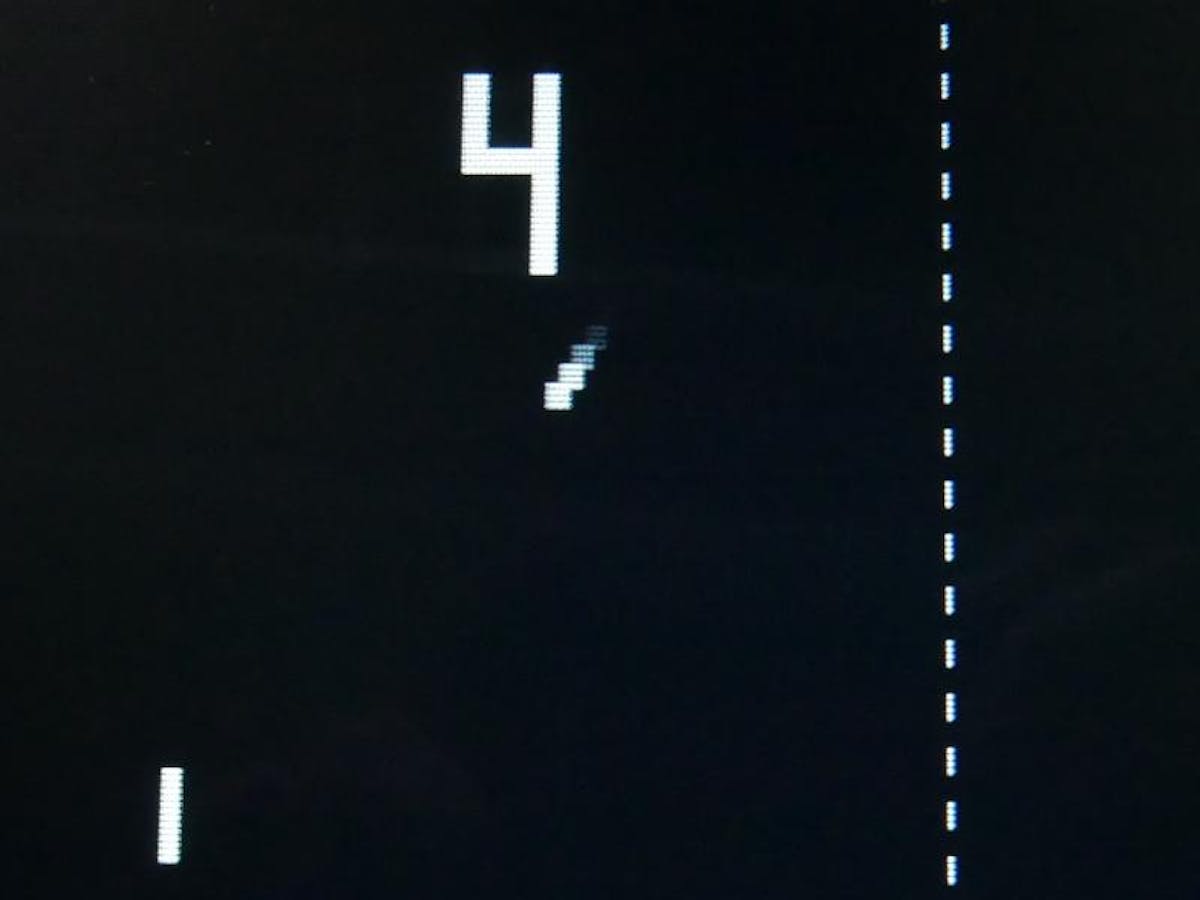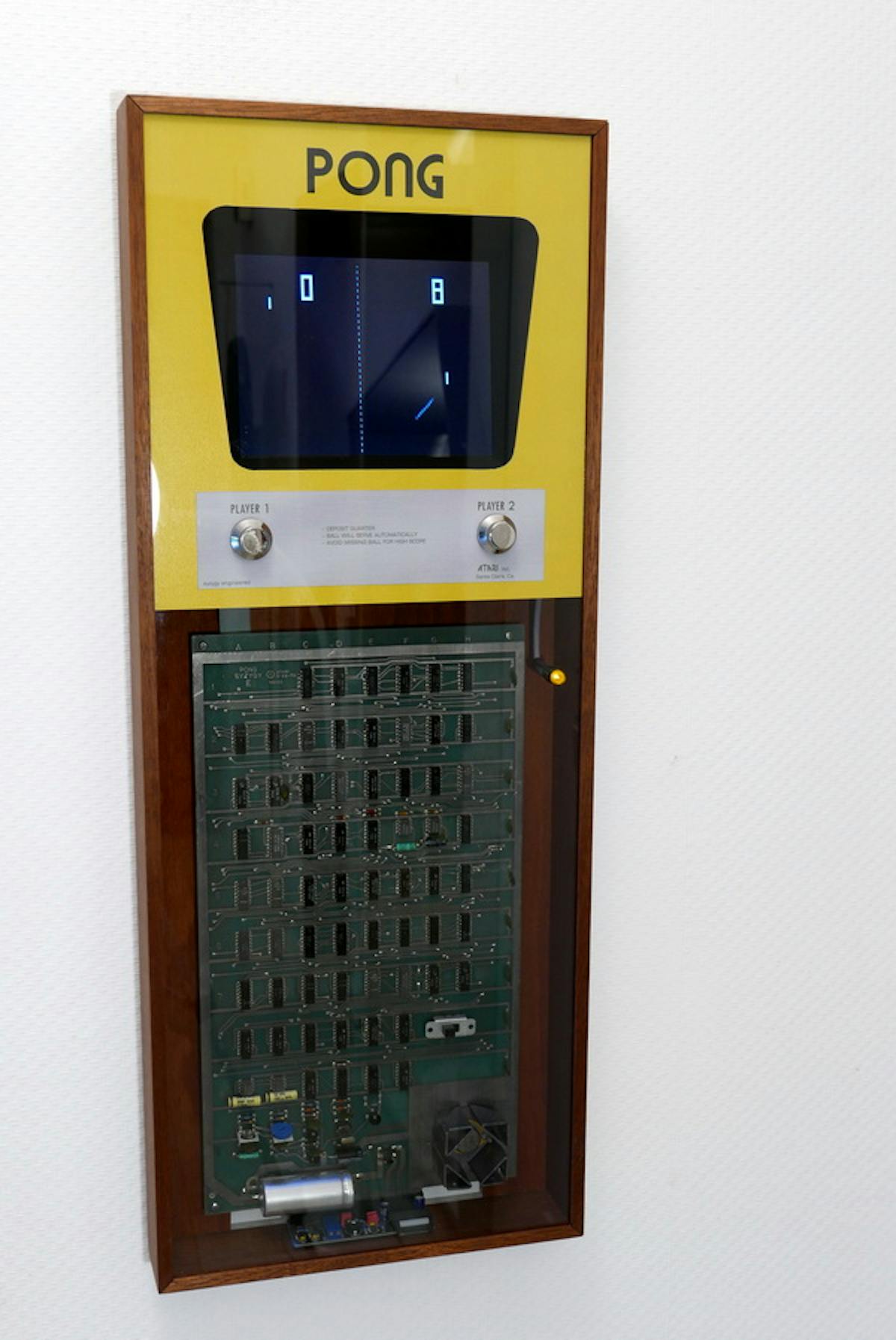Discovering PONG in a Picture Frame
One arcade game enthusiast puts all of PONG's analog glory on display with his creative repurpose of a picture frame for a game cabinet.

As I've recently been exploring creative projects that are an analog take on what is normally a digital product in current times, I of course stumbled upon a PONG-related project. PONG is the original video game that worked on nothing more than a series of TTL logic chips (around sixty to be exact).
As an arcade game enthusiast, Jürgen Müller got the idea when he found an original 1972 PONG circuit board. To showcase the game's brilliant engineering, he decided to build a playable cabinet around the main PCB.

Müller had previously built a small scale version cabinet for Atari’s Asteroids game which spawned the idea for the picture frame as a base platform for this game.
Since the picture frame wasn't able to house what would be the "proper" screen to add, a cathode ray tube, a 8" TFT display driven by an FPGA video upscaler was opted for instead. This particular FPGA deign is very interesting in that it actually replicates the artifacts of how a cathode ray tube displays images/information such as scan lines, horizontal blur and even phosphor afterglow! Müller took great care in this design so that the TFT display looked "right" to the eye for a PONG game.
The other modern customization that Müller added is a small interface circuit board that is responsible for supplying a regulated 5 volts to the PONG board, splitting the video output from the PONG board into a sync and a brightness signal for the upscaler, and amplifying the audio output signal from the PONG board.
For those of you that have worked with the PONG circuit board in the past are probably wondering why the onboard 5V regulator wasn't used instead of having a regulator on the interface PCB, but Müller found that using a the external regulator improved efficiency and resulted in less heat being generated in the limited enclosed space of the picture frame.
While Müller has only posted a preliminary blog post about the details of his project, he does provide links to all of the relevant information and project files in his blog post here to check out!
All thoughts/opinions are my own and do not reflect those of any company/entity I currently/previously associate with.

